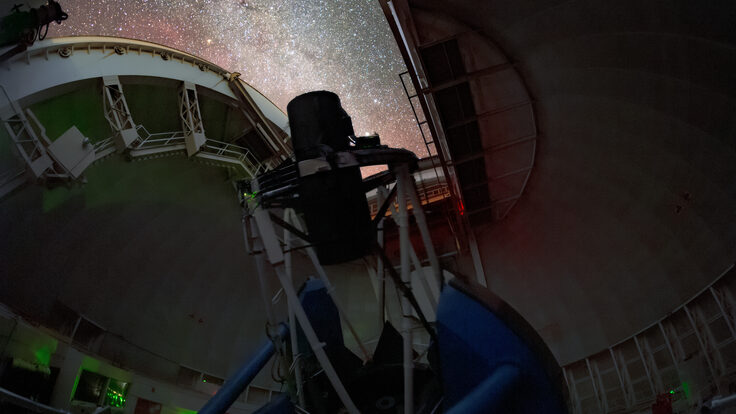Dark matter rap
I first heard of dark matter at a Moriond Conference in 1987. A guy named David Spergel had the idea that if dark matter was weakly interacting massive particles (WIMPs) they would be captured gravitationally by the sun and cool it enough to explain why Ray Davis only observed 1/3 of the expected number of neutrinos. I think he named them “Cosmions”, but WIMP sounded much better.
My PhD thesis was a big germanium detector designed to look for a type of nuclear reaction called double-beta decay but it turned out we could also look for WIMPs. I spent about a month driving to and from the Gotthard Tunnel in Switzerland where we could reduce the background noise enough to detect dark matter if it was made of heavy neutrinos. Daniel Reusser continued after I left and in 1989 published a paper that showed that dark matter could not be made of neutrinos unless they had a mass of more than about 1 TeV, far higher than what is now known to be the case.
For a long time, I thought dark matter was just something that was cooked up to explain the solar neutrino problem and galactic rotation curves. It was not until I heard David Weinberg'sDark Matter Rap that I understood what a long and important history dark matter has had in astronomy. I actually learned much of what I know by reading the papers mentioned in Weinberg's song. I also learned about astronomers who care more about “How much? Do we need it? Where is it?” than what dark matter actually is.
Peter Fisher, MIT
Read the text of the Dark Matter Rap and listen to an mp3 recording (5.5 MB).
Click here to download the pdf version of this article.






